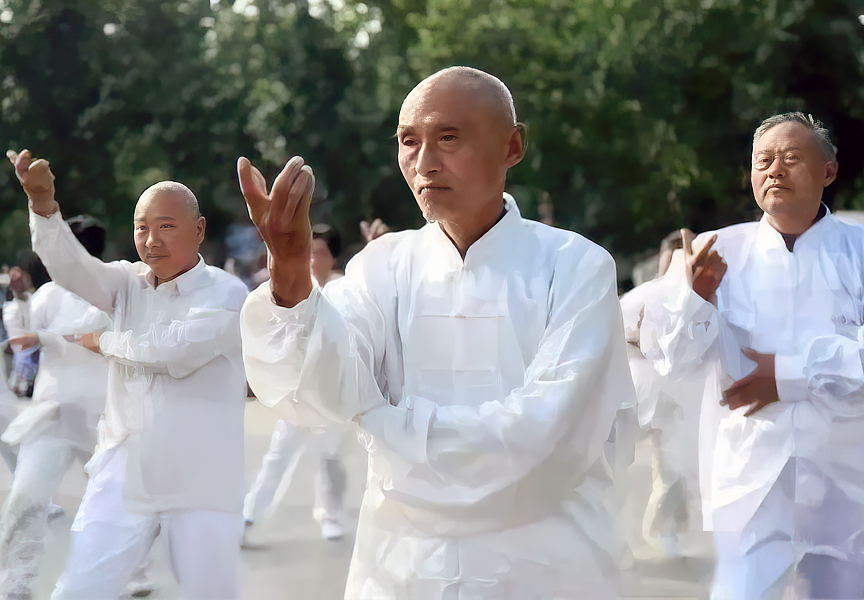Random Free Articles
- Preserving the Essence of Martial Arts
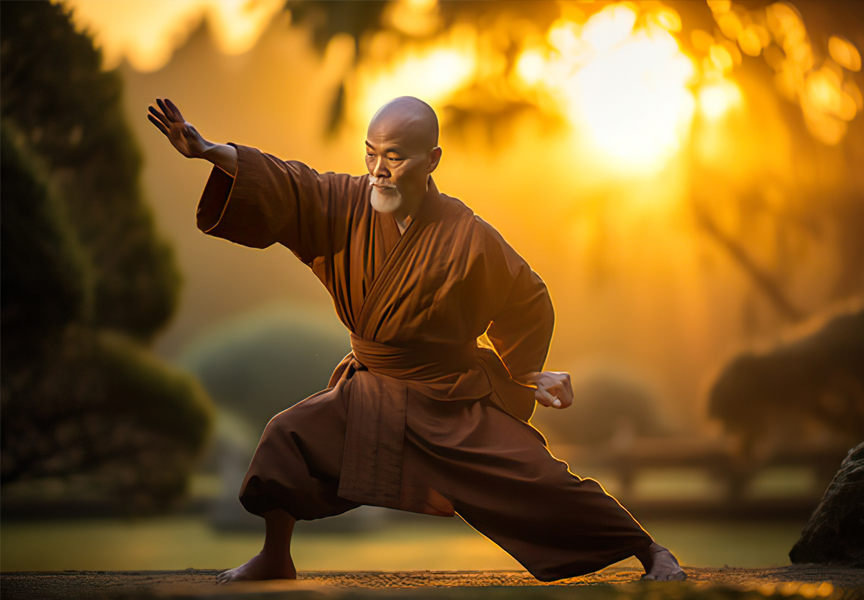
Beyond Victories and Podiums In a world where competitive sports dominate headlines and social media feeds, the true essence of traditional martial arts often gets lost in the clamor for victories and podium finishes. While there's no denying the physical prowess and discipline required in competitive martial arts, it's crucial to understand that traditional martial arts go beyond the pursuit of trophies and medals. Attempting to…
- The Transformation of the Humble Bench
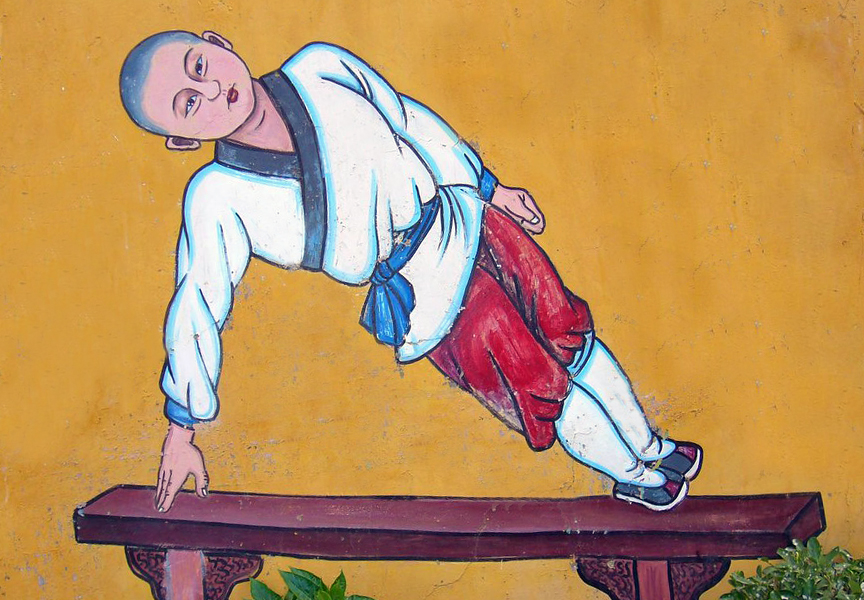
From Seating to Weapon of Choice In the world of martial arts, innovation and adaptability have always played a crucial role in shaping the evolution of combat techniques. One of the most intriguing examples of this phenomenon can be found in the ancient discipline of Shaolin Kung Fu, where the seemingly ordinary bench - Changyi [Chin.: Cháng yǐ 长椅] has been transformed into a formidable weapon of choice. Originally designed for seating,…
- Mystical Meridian of the Triple Heater
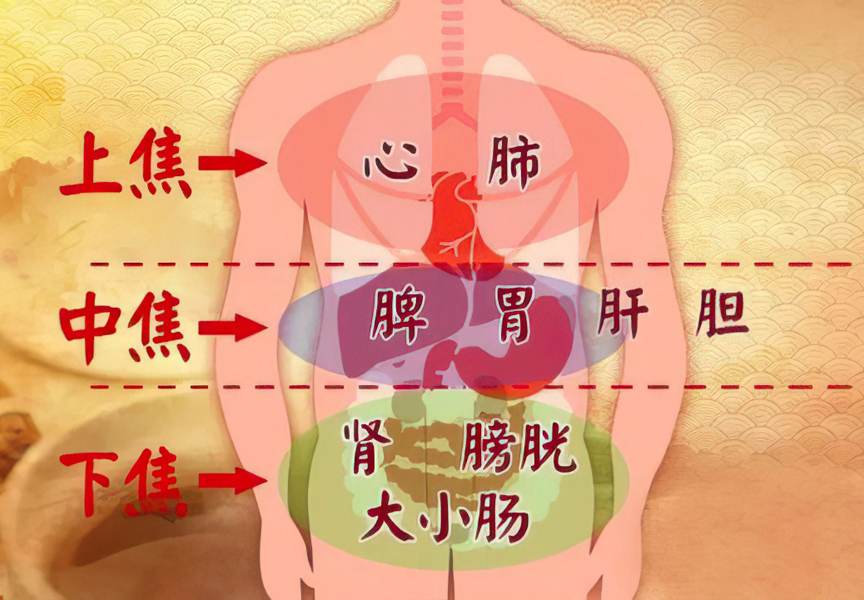
In traditional Chinese medicine (TCM), the human body is believed to be a complex network of energy channels or meridians through which vital life force, or Qi, flows. These meridians play a crucial role in maintaining the balance of health and well-being. One lesser-known yet intriguing meridian is the Triple Heater or Triple Burner meridian, known in Chinese as the San Jiao meridian [Chin.: sānjiāo 三焦]. This meridian has mystified and…
- Understanding Qi

The Vital Life Force in Traditional Chinese Medicine In the realm of traditional Chinese medicine, few concepts are as central and enigmatic as "Qi" [Chin.: Qì 气]. Pronounced as "chee," this ancient notion has captivated the minds of scholars and practitioners for centuries. Qi is often described as the vital life force or energy that flows through the human body, as well as through all living things and the universe…
- Martial Arts Compulsory in Educational Institutions for a Healthier Society
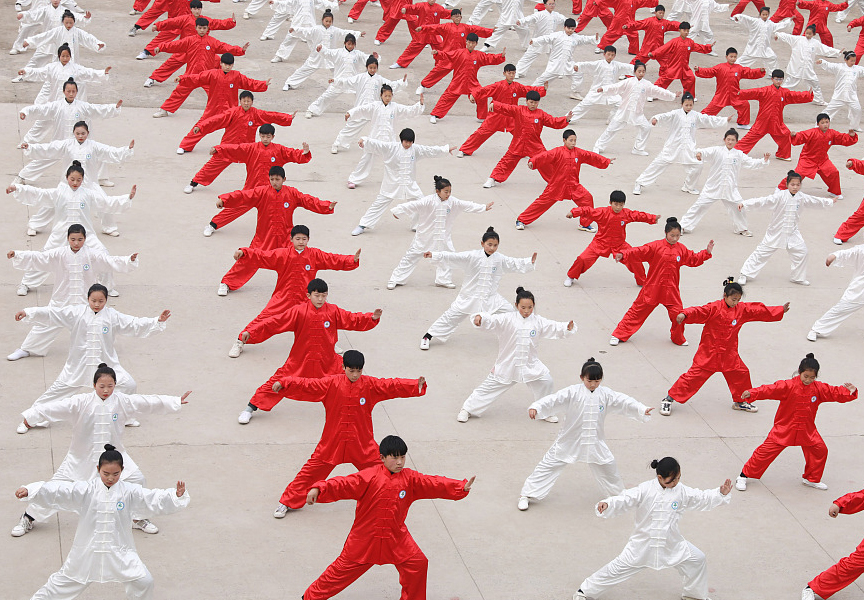
Martial Arts Compulsory in Educational Institutions for a Healthier Society In today's fast-paced and increasingly sedentary world, the importance of physical activity cannot be overstated. Sedentary lifestyles contribute to a myriad of health issues, ranging from obesity to cardiovascular diseases. As societies grapple with these challenges, it becomes imperative to explore innovative solutions to promote physical well-being. One such…

